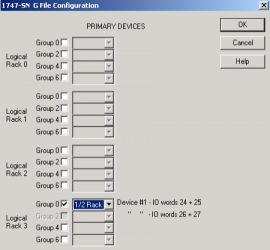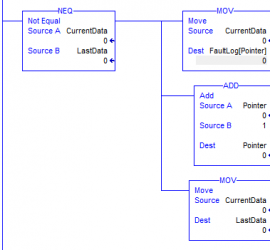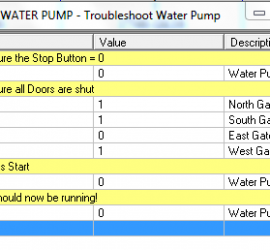ControlLogix Modbus
Introduction to ControlLogix Modbus In this document, we will walk through ControlLogix Modbus examples using the 1756-MVI56E module. The MVI56E-MCM modules allows connections between the Modbus network, and a ControlLogix processor. Before using the MVI module, we will need to set up the configuration such as the IP address for Read More »






